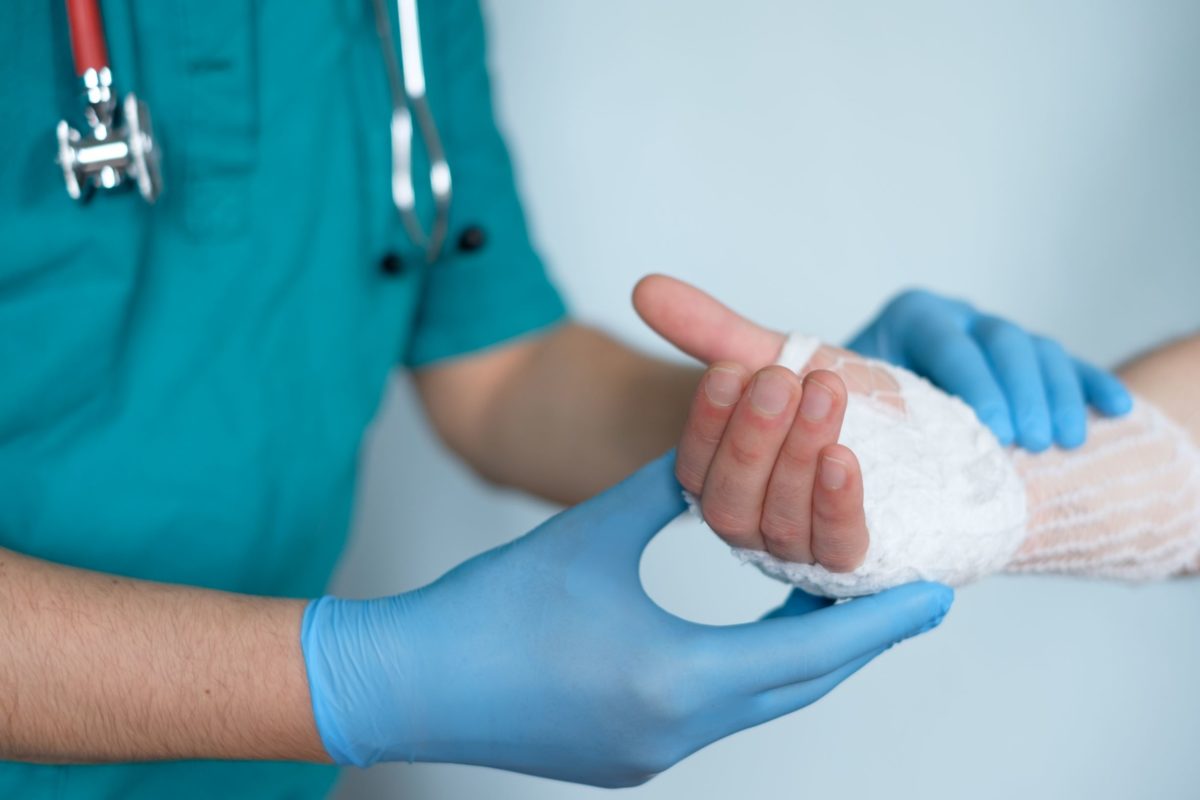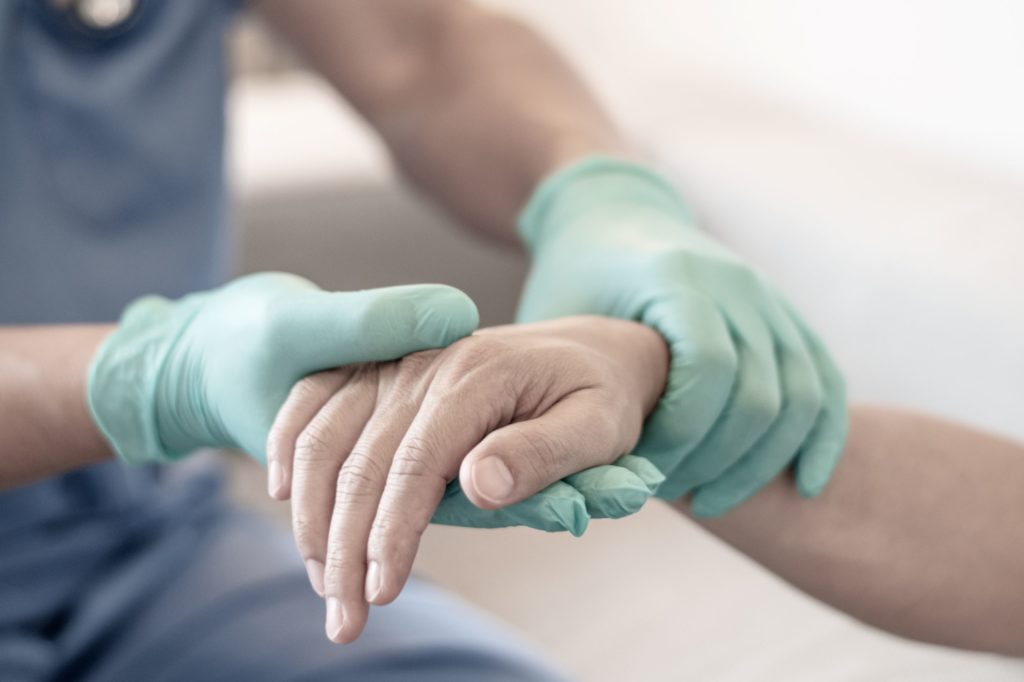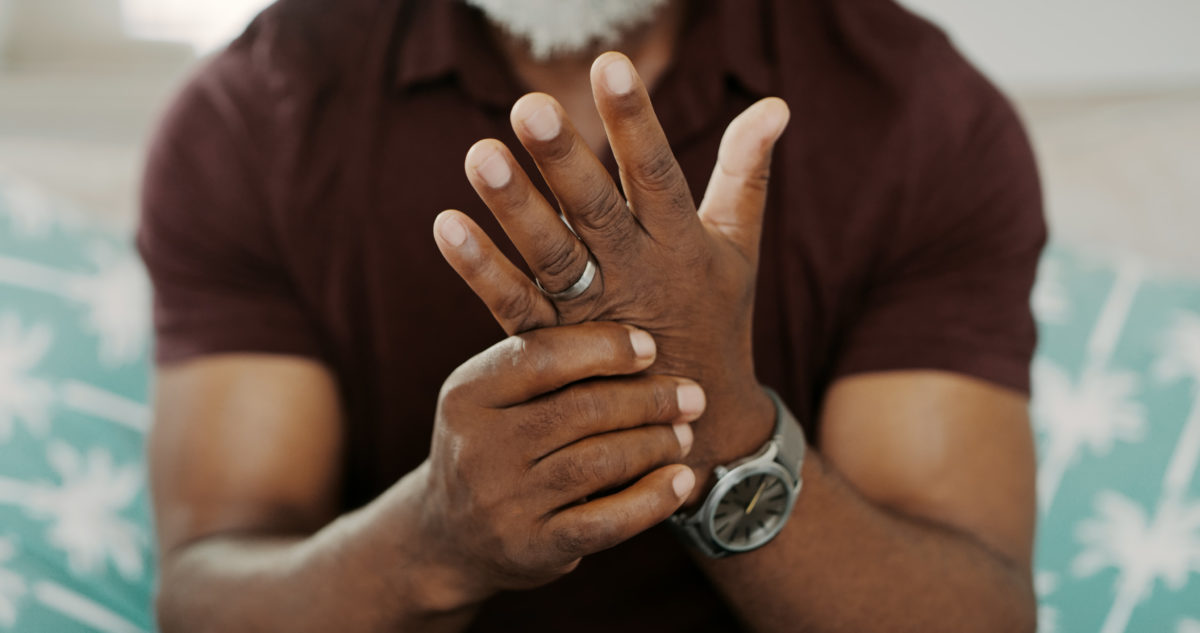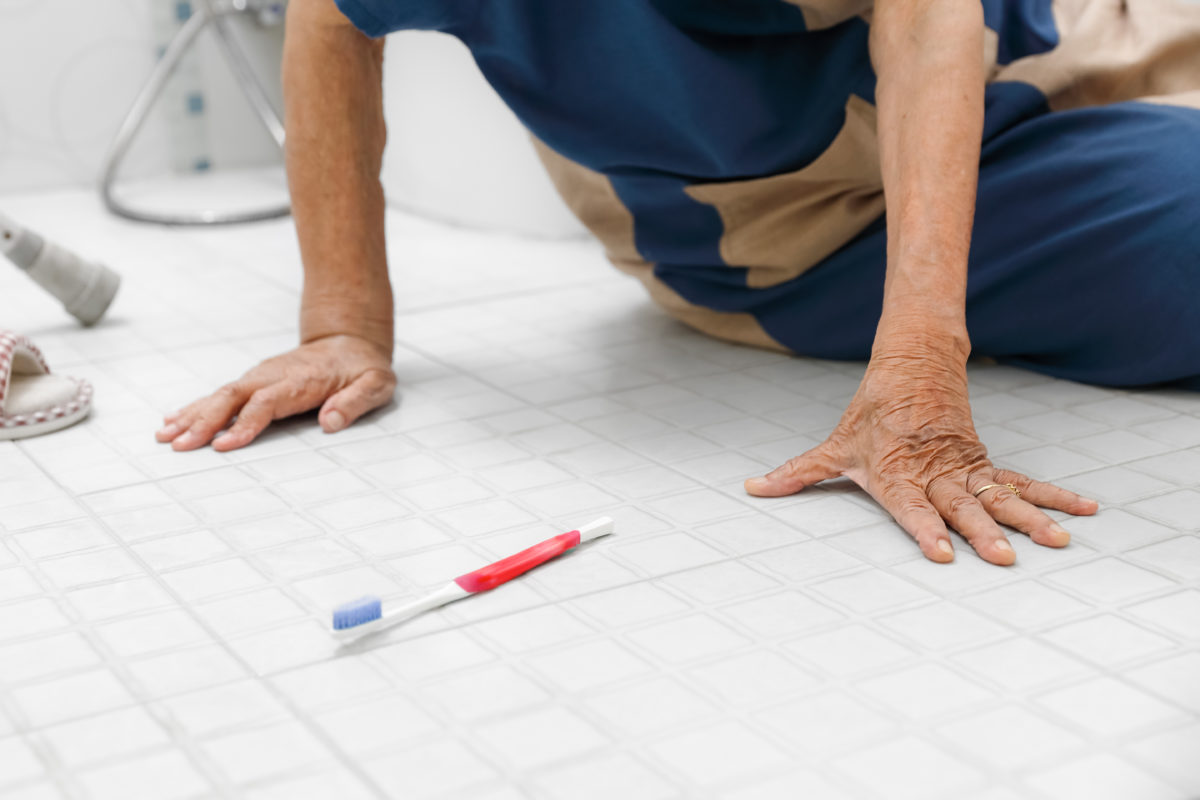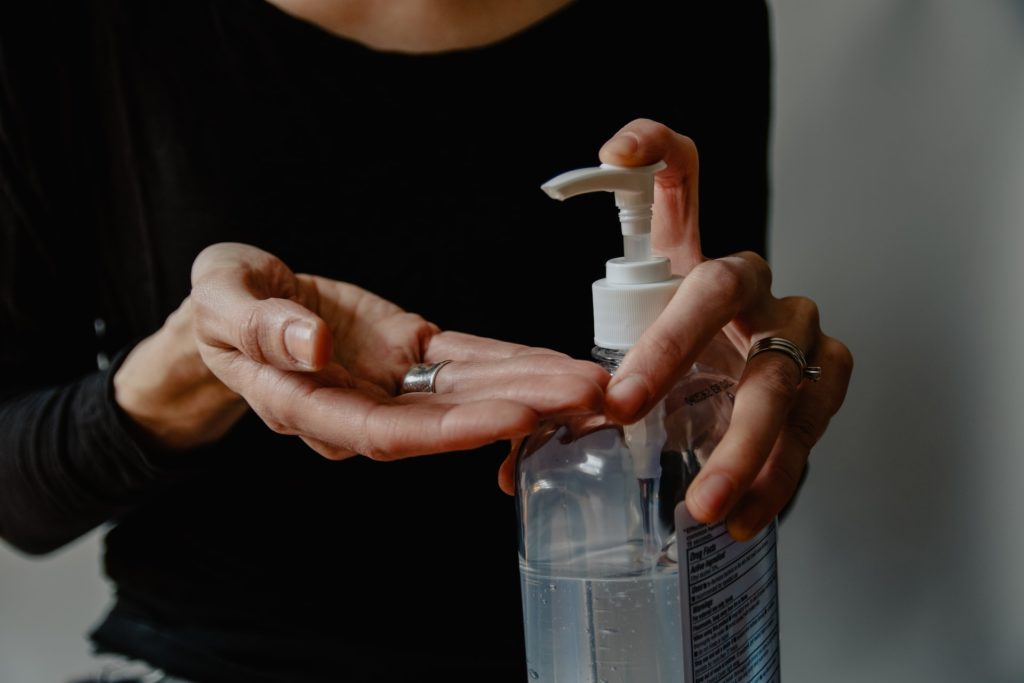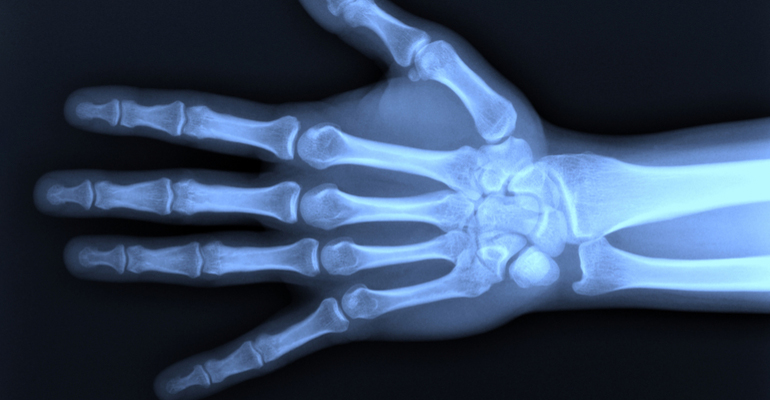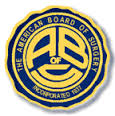If you need hand surgery, you probably already know it. You may see the condition in your hands or feel the symptoms. Finding the right doctor for your specific elective hand surgery in Macomb, Michigan, however, can be challenging.
With so many options, it may be hard to determine precisely which hand specialist is the most skilled at performing the specific surgery that you need. Because hand surgeons perform so many different procedures, they have varying levels of expertise with each one. Therefore, it’s important to analyze your choices carefully.
How to Find the Best Doctor for Hand Surgery in Macomb
If your procedure is not urgent, you have the benefit of being able to take the time to research hand doctors in Macomb County. Following are a few suggestions that may help you narrow down the field.
1. Address insurance issues.
You may wish to start with calling your insurance agent to find a viable option for hand surgery in Macomb. If you are looking for an elective hand surgery, there’s a chance your insurance won’t pay for it. However, many hand surgeries that are optional are also necessary for a better quality of life, so you may have options for payment assistance.
2. Ask others for recommendations.
The most reliable recommendations tend to come from people you know and trust. For that reason, if you know people who have had hand surgery in Macomb, ask them their opinions. You may wish to ask the following questions:
- How did they hear about the doctor?
- Did they like the doctor?
- Did the doctor seem to be highly knowledgeable and experienced?
- Were the hand specialist and the staff accommodating and patient? Did they make you feel comfortable?
- Did they take the time to answer all your questions?
- How did the surgery itself go? Did you have any complications afterward?
Depending on how well you know the individual, you may wish to ask more specific questions about the type of surgery that was performed. When you do, you may be able to identify if their doctor is ideal for you as well.
3. Do your research online.
Complete a basic google search for the “best hand doctors in Michigan” or “where to go for hand surgery in Macomb.” That step is only to help you identify possible doctors within the geographic area you would prefer. The true research begins afterward.
• Read the online reviews for each potential doctor.
Don’t let one or two negative reviews cloud your judgement. It’s very possible that those one or two reviews were based on a very specific incident with plenty of background details that aren’t listed there, or they could be from a competitor trying to make your doctor look bad. If you do find too many negative reviews, however, you may wish to take it more seriously.
As you are reading reviews, remember a basic rule of statistics: the more reviews there are, the more reliable the overall trend is. In other words, a hand doctor who has five 5-star reviews with an overall 5-star rating might not be as great as the hand doctor who has 100 reviews of various ratings with an overall rating of 4.6 stars.
• Compare how long each doctor has been in practice. Experience makes a significant difference.
• Review each doctor’s website to make sure they provide the specific type of hand surgery you need. If you don’t see the option listed, you may wish to call the office to see if they do provide that service. This would be especially important if your condition is rare, as it might not be listed on the site.
4. Make an appointment for a preliminary consultation.
Once you narrow down your options, make an appointment for an initial consultation with the hand specialist of your choice. Take note of the doctor’s skill level regarding the specific procedure you are planning to have, and make sure you feel comfortable with the doctor before proceeding.
A certain level of trust and respect is a necessary element of a successful medical procedure and recovery process, so don’t overlook that aspect.
Schedule an Appointment with Our Specialist in Macomb
Once you complete your research to find an ideal location for hand surgery in Macomb, we have no doubt that you will find Arora Hand Surgery at the top of your list. With years of experience in treating a multitude of hand conditions, Dr. Avery Arora is a well-respected and admired hand specialist who puts patients first.
Get to know Dr. Arora by reviewing his website, and make an appointment by sending a message online or calling our hand doctor’s office in Macomb Township.


